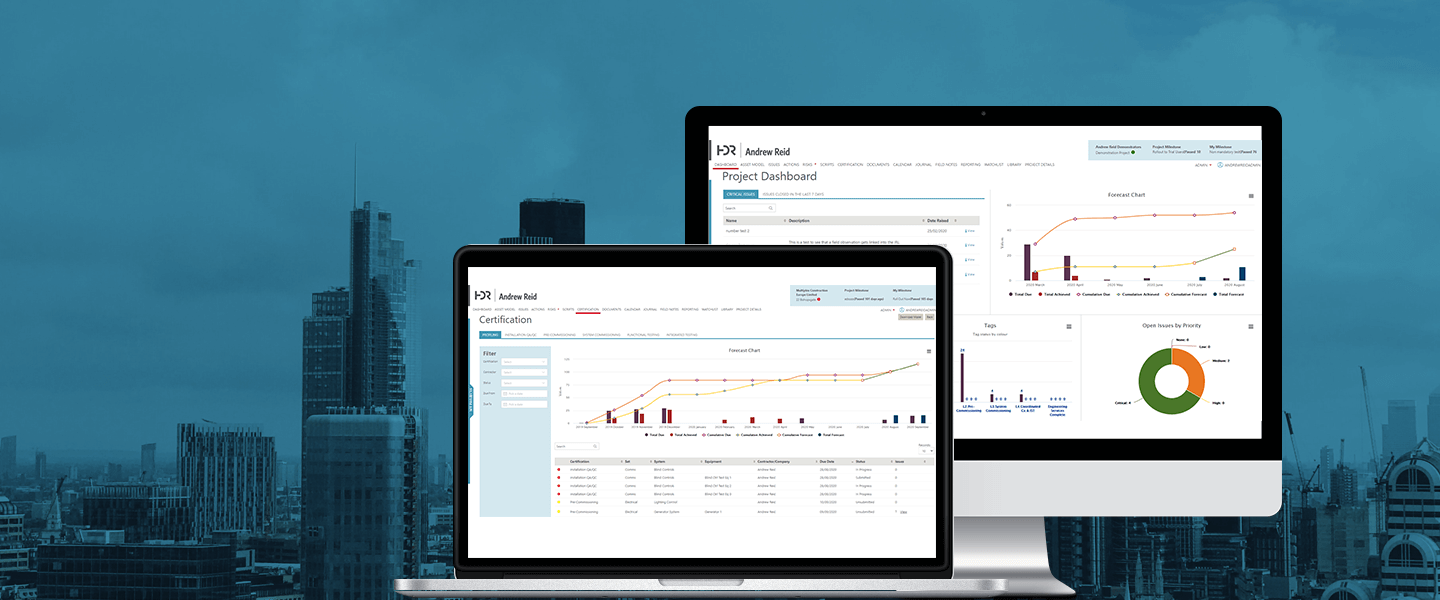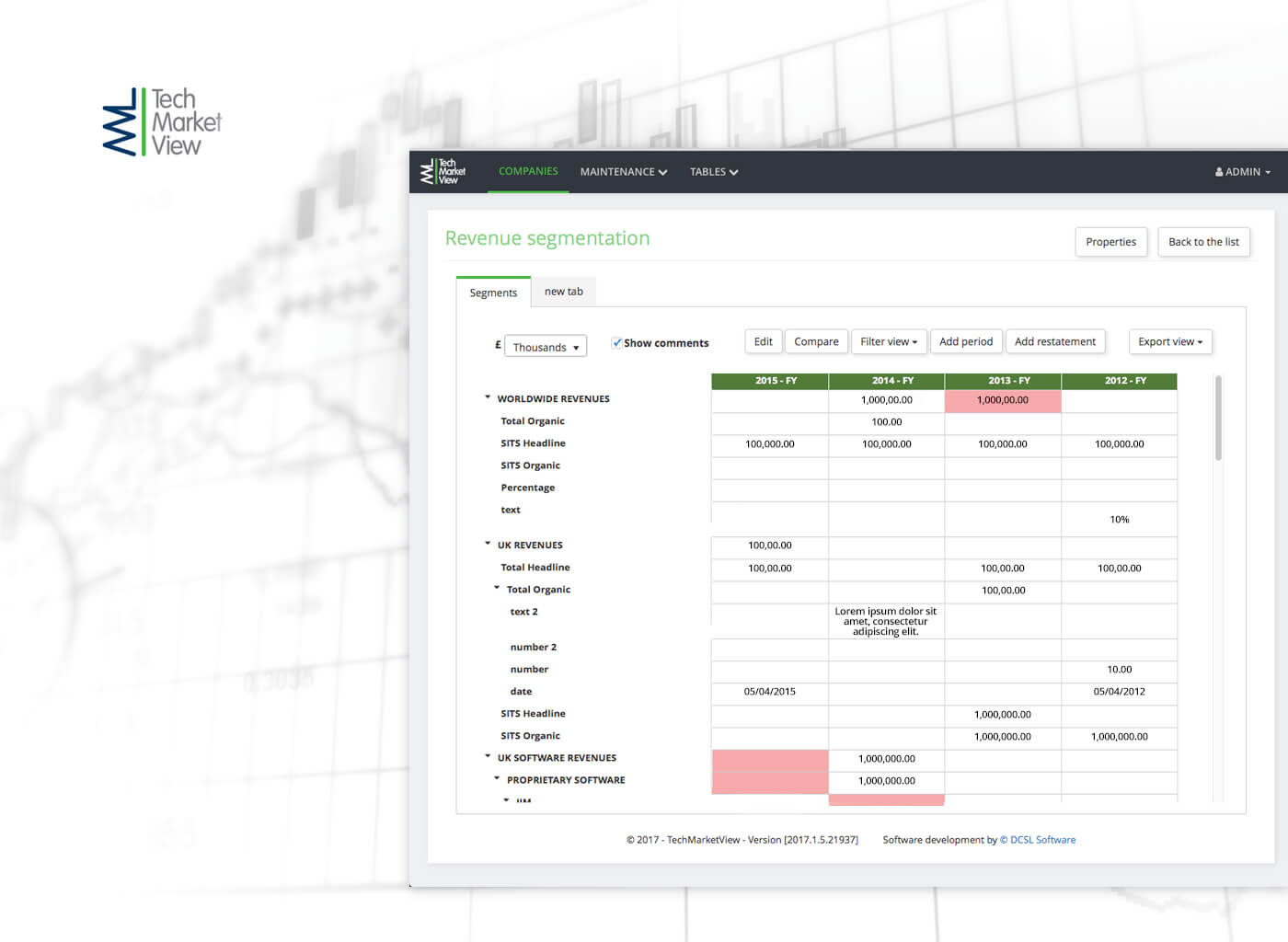Operational Systems
All businesses change, whether it is due to growth, restructuring or responding to market trends. If you have to adapt your processes, or work differently or manually to cater for gaps in existing software systems, it could be time to consider a new bespoke operational system.

An operational system is the heart of your business. Your staff, customers, suppliers and other partners should be able to self-serve and gain access to the system – interacting only with the data pertinent to them. You might have systems today that serve some of these areas, or you might have to interact manually, taking time, effort and ultimately cost which you could save through an automated solution.
Reasons to consider a new Operational System
Some of the most common reasons why you might consider a new operational system or system integration include:
- Excel spreadsheets, Access databases and/or fragmented systems no longer meet business needs;
- An existing legacy system is clunky and uses old technology that doesn’t interface with other systems, is difficult to maintain, or the workflow no longer compliments business processes;
- A company merger or acquisition means different systems are being used;
- Manual workflows are a cause of error or resources that are no longer sustainable as your organisation grows;
- Departments are repeating each other’s work in different systems or ledgers.
Whatever the reason, it’s important to consider the best option for your organisation, such as legacy software modernisation, systems integration or a replacement operational system.
Your operational system is the cornerstone of your strategy, efficiency, intellectual property and competitive advantage.
Operational System Implementation Process
Operational systems are all about automating business process. It may have many beginnings, branches and outcomes, but all eventualities must be considered and handled.
To this end, we’ll initially analyse your current system(s) and business processes: what works, what doesn’t, any gaps in functionality and any workarounds that you currently have.
We’ll then understand more about your business and where you’re headed. We’ll talk to your staff as they can often pinpoint areas of the workflow process that could be improved to enable them to work more efficiently. We’ll also add our own suggestions.
As you’d expect, we’ll consider all aspects of the operational system including data, security and workflow. We’ll then build a blueprint for a new system that carries over any required functionality from your old system or manual processes and adds functionality that didn’t previously exist, such as management reporting which clients are able to access via a new, secure customer portal.
Finally, data from the legacy systems must be “migrated” or moved to the new system. In some cases, the data needs to be synchronised between the old and new systems to ensure a side-by-side system rollout can occur. We’re well versed in managing complex data migration scenarios, so you can rely on us to ensure the process goes smoothly.
The next step is to articulate all our findings in writing and create a prototype of the new system to help you visualise how it will look and feel and how it will work, even at this early design stage.









